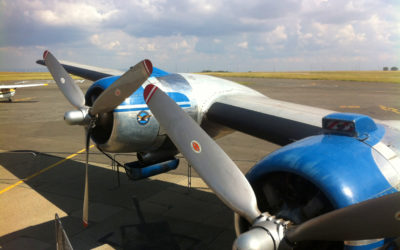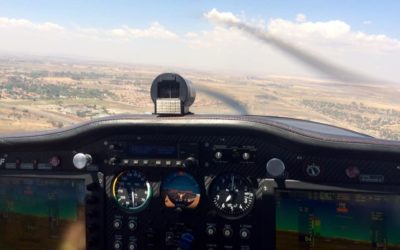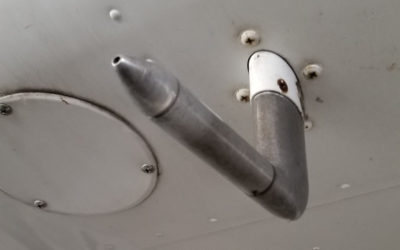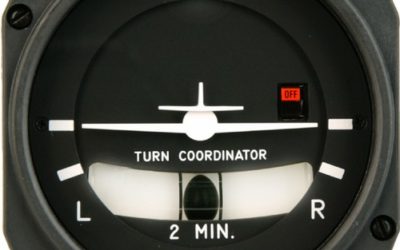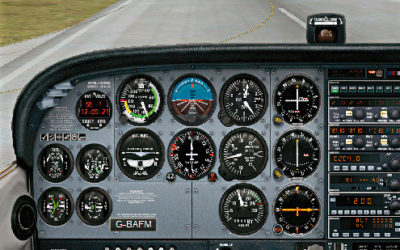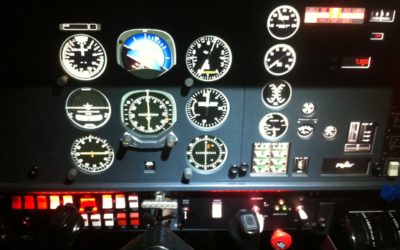Instruments
What is ISA temperature deviation, and why should you calculate it?
Let’s start with a brain jiggle – if the actual outside air temperature (OAT) differs from the ISA for the particular altitude or flight level that you are at, then this will affect your aircraft’s performance…
Can you fly without an Altimeter?
As with all human inventions, the altimeter is fallible, and should it fail in flight, having a back up plan of how to fly without it, is a skill worth having.
Need to fly on the compass? Here’s how to do it
It may be one of the most basic instruments in your aircraft, yet, it is a legal requirement, and has an essential place in the cockpit, especially when all else fails.
How to know if you have a pitot-static blockage?
The pitot-static system is simple, yet very important as it affects 3 critical instruments. Understanding what happens when part of it gets blocked, will help you to fly in a safe manner.
What is a Rate 1 turn?
A rate 1 turn is a standardised rate of turn used in instrument approaches and holding patterns so that pilot action can be predictable by both controllers and other traffic. It is referred to as 'rate 1' because whatever angle of bank is used, the result should equal...
Understanding how a Pressure Altimeter works
The pressure altimeter is not a fancy instrument, but despite it being invented by American Paul Kollsman, way back in 1928, not much has changed, It is, however, a rather important instrument, especially when it comes to terrain clearance, and poor visibility. As pilot, it is essential to understand how it works, the settings, and how it can lie to you…
What is a Pitot Tube and What does it do?
Named after it’s 18th century inventor, French engineer Henri Pitot, this marvelous invention is still in use today…
Why does true airspeed increase with altitude and temperature?
At mean sea level with all conditions being the same, indicated airspeed (IAS) will the same as true airspeed (TAS). However, when the aircraft gains in altitude, or the temperature increases (causing the air density to decrease), then surprisingly, the TAS ‘increases’.
How to navigate using the VOR
The VOR requires a little bit more work, in the sense that your heading is dealt with on a different instrument, namely the Directional Indicator (DI). but is fun to learn, and will get you flying more accurately and mindfully…
How to Use the HSI to Navigate
If the thought of doing the instrument rating exam, sends you running, or you are tackling an instrument rating, then the HSI is certainly a cool instrument to understand…

